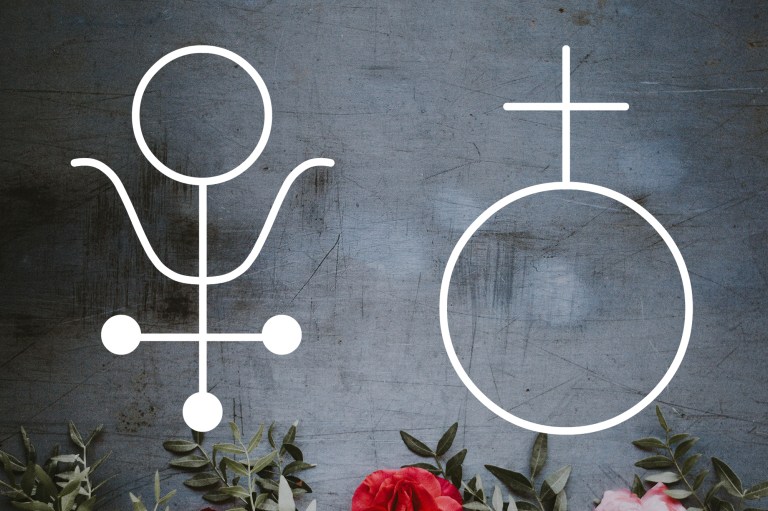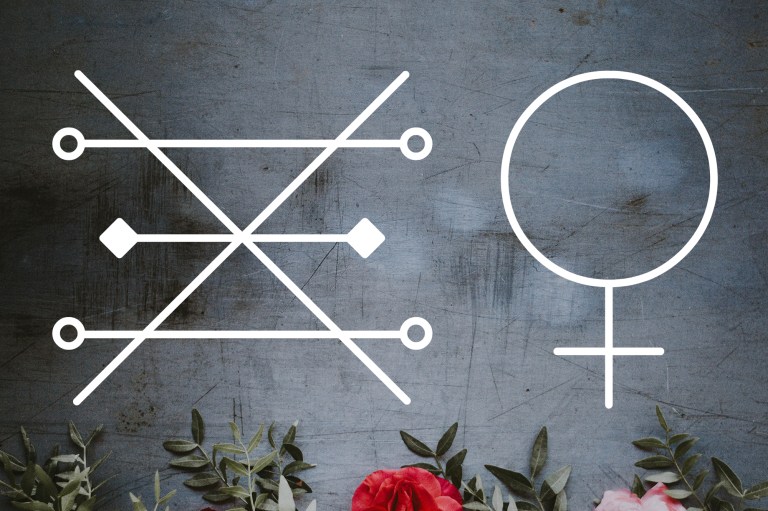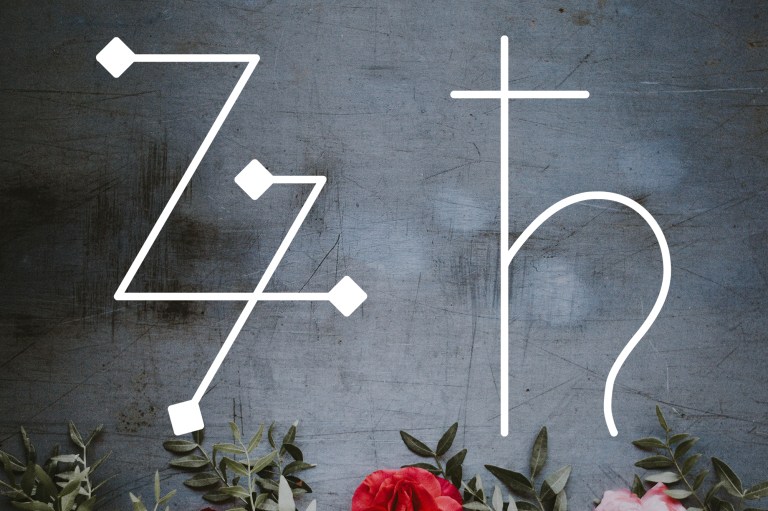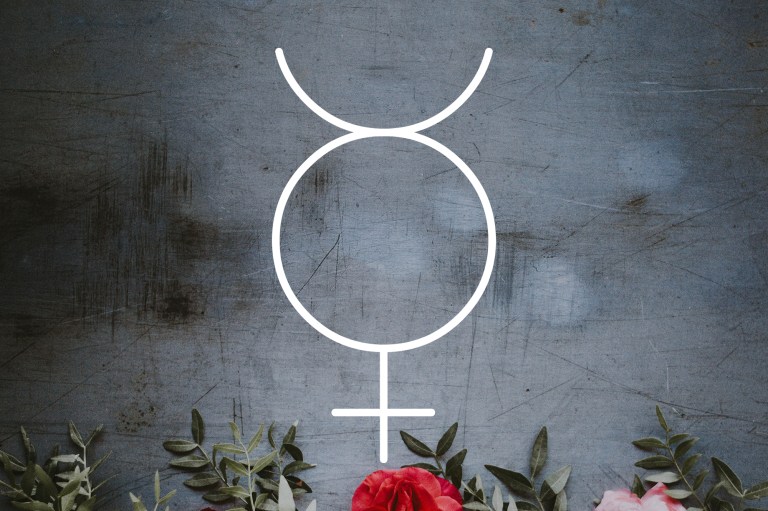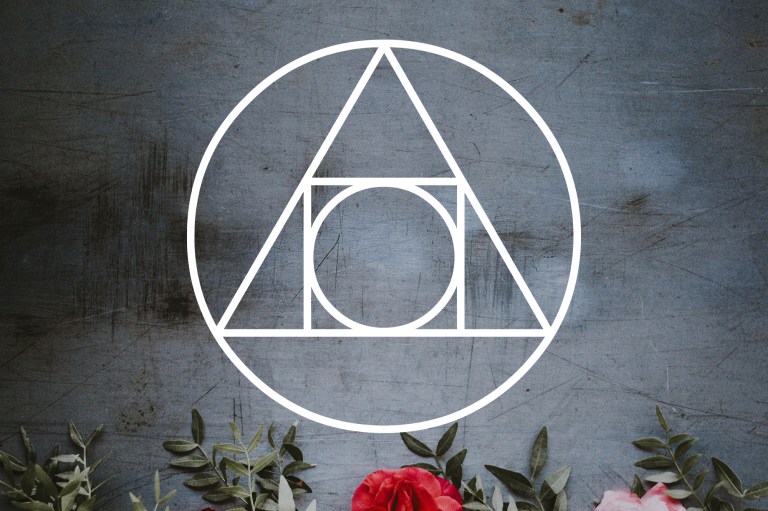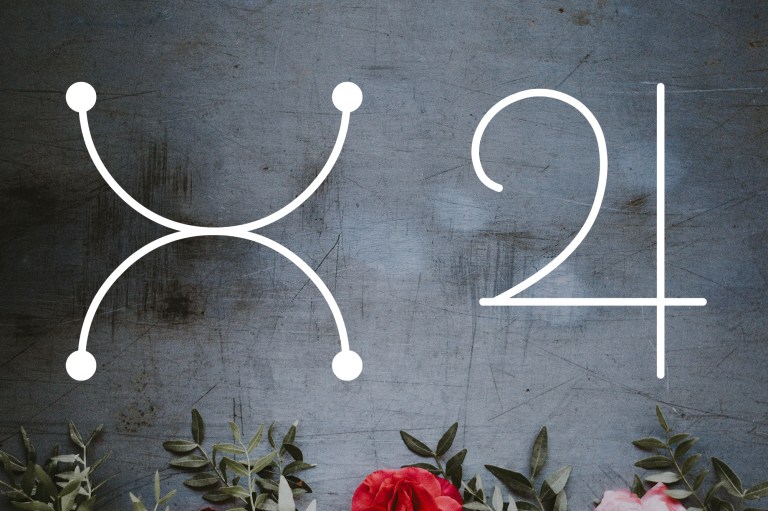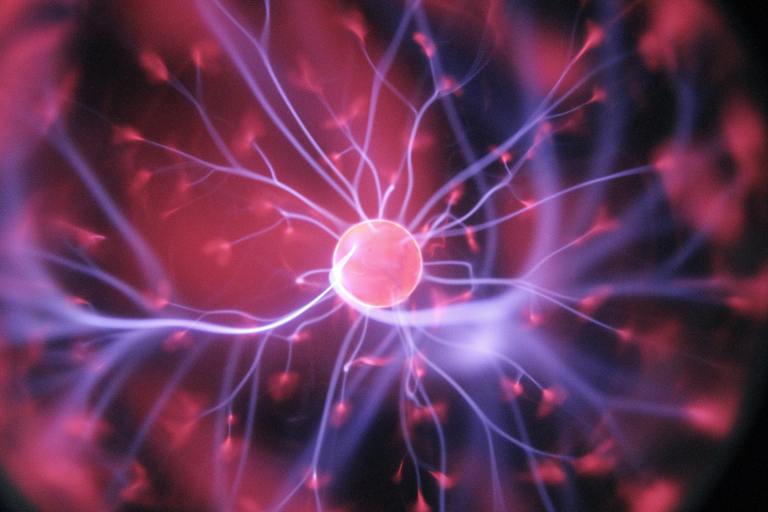
Alchemy Symbols About Transformation, Creation, And Combination
Once ignited, magnesium is difficult to extinguish. That is why it represents eternity, infinite flame, and ascension.
Once you learn these alchemy symbols, you can impress all of your friends with your newfound knowledge.
If you are interested in expanding your knowledge, alchemy symbols will teach you about transformation, creation, and combination. If you’re unaware, alchemy was a medieval form of chemistry practiced throughout Europe, Africa, and Asia. Alchemists studied the reactions that classical elements made when brought in contact with each other. The main goal was to turn base metals into noble metals (primarily gold).
Alchemists believed that there were ten mundane elements. They are antimony, arsenic, bismuth, boron, lithium, magnesium, phosphorus, platinum, sulfur, and zinc. There are also seven planetary metals that each correspond to different planets. They are lead, tin, iron, gold, copper, mercury, and silver. These elements were all commonly used in alchemical processes.
If you’re interested in learning more about this fascinating philosophy, here are some alchemical symbols and their meanings:
Alchemy Symbols
Air Symbol
Air is one of the four classical elements, along with earth, fire, and water. An upright triangle with a horizontal bar represents the element of air (it is the inverse of the symbol of earth). This symbol is associated with the colors blue, white, and gray. It is also associated with warmth and wetness.
Antimony Symbol
Antimony is a lustrous gray metalloid. In addition to these two symbols, antimony was sometimes symbolized by the wolf because it represents man’s free spirit or animal nature.
Arsenic Symbol
Arsenic represents transformation. It is a well-known poison that can transform one physical appearance into another.
Bismuth Symbol
The symbol for bismuth looks like an eight with the top cut off. Little is known about this element, but it was confused for tin and lead until the 18th century.
Copper Symbol
Copper was associated with the planet Venus, which was linked to the goddess of love. Because of this, copper is sometimes represented by the same symbol as ‘female.’
Earth Symbol
A downward-pointing triangle with a horizontal bar across the center represents the element of earth. It is associated with the colors green and brown. It is also associated with cold and dryness.
Fire Symbol
A simple triangle is the fire alchemy symbol because the shape looks like a flame or a campfire. This symbol is associated with the colors red and orange. It is also associated with heat and dryness. It is considered masculine.
Gold Symbol
The symbol for gold is a stylized sun. Gold represented physical, mental, and spiritual perfection.
Iron Symbol
Iron is the most common element on Earth. It shares the same symbol as the symbol for ‘male.’ It is also the symbol associated with the planet Mars and the gallbladder in the human body.
Lead Symbol
Lead is soft and malleable with a low melting point. It is the first and oldest of the seven metals. Its alchemical symbol was associated with the planet Saturn.
Magnesium Symbol
Once ignited, magnesium is difficult to extinguish. That is why it represents eternity, infinite flame, and ascension.
Mercury Symbol
Mercury, which is also known as quicksilver or hydrargyrum, represents a life force. It also represents a state that can transcend death or the Earth.
Philosopher’s Stone Symbol
This symbol represents the Philosopher’s Stone, which is a legendary substance. According to legend, it was supposed to be able to transmute base metals into gold. It was also thought of as an elixir of life that could cause immortality.
Phosphorus Symbol
When Venus glowed brightly at dawn, it was called Phosphorus. This is because phosphorus seemed capable of holding light and would appear to glow green in the dark.
Platinum Symbol
Alchemists thought platinum was an amalgam of silver (moon) and gold (sun), which is why the symbol is a combination of the crescent moon and the sun.
Potassium Carbonate Symbol
Potassium Carbonate is a white salt that is soluble in water. It forms a strongly alkaline solution. Alchemists would sometimes refer to it as the salt of tartar.
Salt Symbol
Salt has its own symbol because it is essential for life. In alchemy, it represents condensation, crystallization, and the essence of things in nature.
Silver Symbol
These symbols represent silver, which is one of the seven base metals. It is considered feminine and associated with the moon. That is why it represents intuition, inner wisdom, and contemplation.
Sulfur Symbol
Sulfur represents evaporation and dissolution. Along with mercury and salt, it makes up the three primes of alchemy, which can also be thought of as the three points of a triangle. It was associated with heat, dryness, and masculinity.
Keep in mind, there are multiple symbols to describe each of the elements because alchemists were being persecuted and they needed to keep their information a secret. In the 1960s, another symbol for sulfur was known as a Satanic Symbol and was branded Satan’s Cross.
Tin Symbol
Tin is associated with the planet Jupiter. It is considered the breath of life. Since it is a catalyst, tin also teaches a philosophical lesson that something standing alone is weaker than if it is combined with another alchemy symbol element.
Water Symbol
The opposite of fire, the water alchemy symbol is a triangle turned upside down. It represents air and resembles a cup or a glass. It is associated with the color blue. It is also associated with wetness and coldness. It is considered feminine.
Zinc Symbol
This is the symbol for zinc, an element that is chemically similar to magnesium. Alchemists would sometimes refer to it as Philosophers’ wool. ![]()

